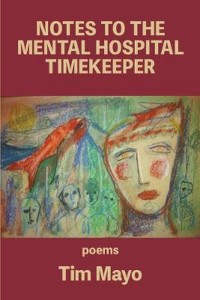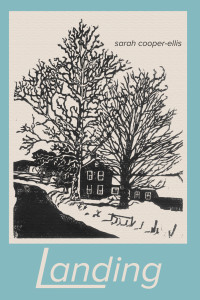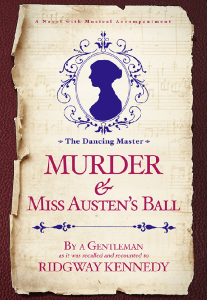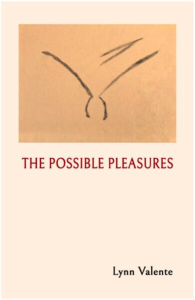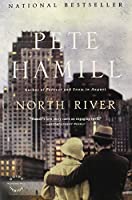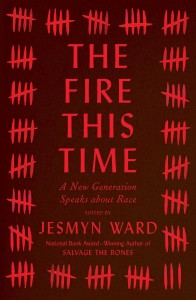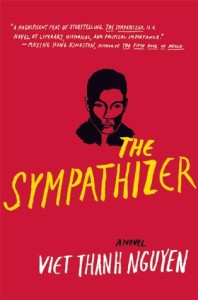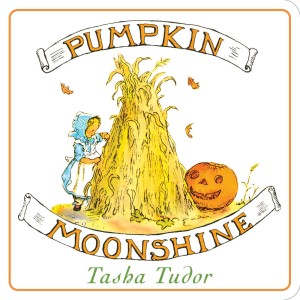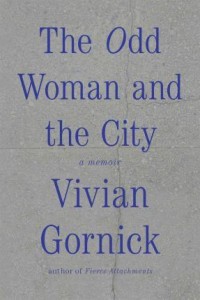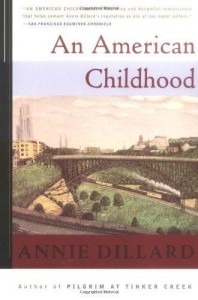
Dillard’s inimitable prose makes this memoir one of the best I’ve ever read. True, we are of an age, so much of her experience chimes with mine. I didn’t grow up in Pittsburgh where three huge rivers come together, but in another steel town, where rivers run into the bay and “old” money (much of it from Gilded Age robber barons) existed uneasily with a brawny, considerably immigrant working class.
Like Dillard, I was allowed to run free from a now-surprisingly young age, learning the neighborhood and later the city street by street, landmark by landmark. She captures the essence of the period in details and imagery, such as: “Every woman stayed alone in her house in those days, like a coin in a safe. “
Loosely organised by chronology, the individual sections each explore some aspect of childhood. There’s one about going to the library, one about summers at the lake with her grandparents, one about being afraid of the nuns at the Catholic school—“They had no bodies, and imitation faces.” She talks about her love of baseball and spending hours perfecting her overhand pitch only to find that as a girl she was only allowed to play softball.
Not uncommon occurrences, but the detail and the verve with which they come at us make reading this book a vivid and participatory experience. She writes of being five and terrified of going to bed because of the thing that enters her room at night, searching for her.
It was a transparent, luminous oblong. I could see the door whiten at its touch; I could see the blue wall turn pale where it raced over it, and see the maple headboard of Amy’s bed glow. It was a swift spirit; it was an awareness, it made noise. it had two joined parts, a head and a tail, like a Chinese dragon. it found the door, wall, and headboard; and it swiped, charging them with its luminous glance. After its fleet, searching passage, things looked the same, but weren’t.
I dared not blink or breathe; I tried to hush my whooping blood. If it found another awareness, it would destroy it.
Though she later figures out that it is a passing car reflecting a streetlight—the moment when she realises that reason is a tool to conquer fear—she still sometimes lets herself be afraid for the pleasurable frisson of terror.
The fragments work together to achieve a coherent narrative. One of the most astonishing threads has to with her becoming conscious of herself. She writes of lying on the kitchen floor, listening to the icebox motor, cars going by, the “unselfconscious trees.”
Time streamed in full flood beside me on the kitchen floor; time roared raging beside me down its swollen banks; and when I woke I was so startled I fell in.
Who could ever tire of this heart-stopping transition, of this breakthrough shift between seeing and knowing you see, between being and knowing you be? It drives you to a life of concentration, it does, a life in which effort draws you down so very deep that when you surface you twist up exhilarated with a yelp and a gasp.
Entering this book is like falling into flood that sweeps you away with a boundless enthusiastic drive to experience everything. We get not only these early years, but her exploratory middle years and frantic teens.
We see the beginnings of her interest in natural science that eventually flowered into the Pulitzer Prize-winning Pilgrim at Tinker Creek. We follow her into the rock collection she was gifted by a neighbor, labeling her eventual 340 rocks, imagining the task of searching for rare rocks. We see not only her wonder, but her imagery and realistic humor. “When you pry open the landscape, you find wonders—gems made of corpses, even, and excrement.” Prying open the landscape seems like the essence of Pilgrim.
A continuing thread is about leaving, achieving escape velocity. She begins with her father’s decision—likely a result of his compulsive reading and rereading of Life on the Mississippi—to “quit the firm his great-grandfather had founded” and take his boat down the river all the way to New Orleans, “the source of the music he loved: Dixieland jazz.” She was 10 at the time. He did come back, but his adventure haunts her throughout the book, all the way to the end when she herself takes off for college.
She gives us full and vital portraits of her parents, both of them huge jokesters, practicing jokes before unleashing them at parties or at home. Her mother, given to practical jokes, “dearly loved to fluster people by throwing out a game’s rules at whim—when she was getting bored, losing in a dull sort of way, and when everybody else was taking it too seriously.” I envy Dillard some aspects of her parents: the jokes, the family dancing madly to records in the living room.
One aspect she doesn’t go into, which may speak to Pittsburgh’s population or to her being a little older than I, is race. For me, the increased pace of the Great Migration and the flight to the suburbs dramatically changed my home town. Dillard’s is a privileged childhood, more so than mine which was privileged enough. Privileged not only because it is a white childhood, not only because it is during a time of stability and prosperity, but also because it is a wealthy one.
While much of my enjoyment of this book was how much it recalled my own childhood, I imagine that people of all ages would enjoy it, not just for the portrait of a time now gone, but for the boundless energy of her amazing prose. I will be recommending it in the memoir classes I teach, for its structure, its detail, and its meditation on trying to connect the dots of your life, trying to find the connections that make them seem continuous.
What memoir have you read that took you back over your own life?
